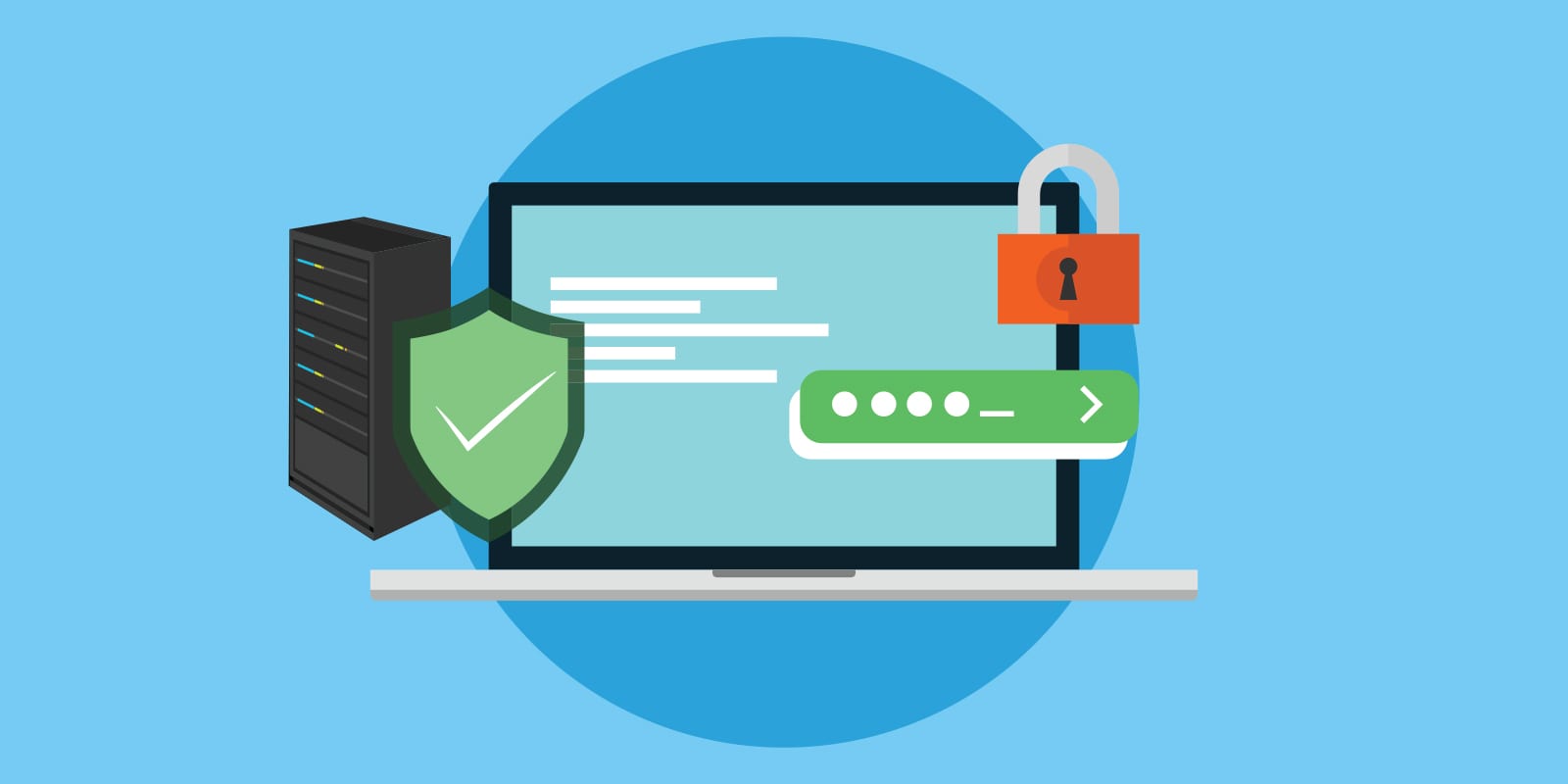Report Shows Critical Need for Pandemic Technology Planning
Is your business prepared for the next pandemic? Learn how to build your pandemic plan to ensure your employees can keep working remotely and effectively
A new report from Forrester provides helpful tips for technology planning for the next pandemic … and what organizations can learn from the ongoing COVID-19 crisis.
The report, Prepare Your Organization For A Pandemic, provides key recommendations for how businesses can be better prepared for these types of business disruptions.
“History tells us there’s a potential for widespread and costly disruption — especially for those who fail to prepare adequately. Risk professionals should treat the latest outbreak, the novel coronavirus (2019-nCoV), as, at best, another powerful warning,” the report states.

What Is the Role of IT in Pandemic Planning?
The massive shift to working from home has underscored the essential role that IT teams play in a pandemic or other emergency. Companies have had to scramble to ensure employees have the hardware and software to complete work from their own homes, on less-secure networks, and with the same need for access to data and apps.
Among the observations is that while organizations may have a business continuity plan, such strategies are usually designed for use with weather events such as tornadoes or earthquakes, power outages or cyberattacks.
A 2018 Forrester study on business continuity preparedness noted that 88 percent of respondents had prepared to give employees “remote access technologies so they can work remotely.” However, most of the other common elements of business continuity plans related to shifting work to alternate sites. Many of those options are not realistic in a pandemic.
How Can My Business Prepare for a Pandemic?
Forrester suggests three tips for pandemic planning.
1. Build Your Team
Your pandemic planning team should include leaders from across business units, including IT, communications, facilities management, finance, human resources and legal. Line-of-business units should each be represented, too.
The team will be responsible for developing the plan, identifying internal expertise, creating a communications plan and making recommendations about testing and training.
Planners need to remember that in a crisis, employees will be focused on their well-being and that of their loved ones. As such, plans should include sharing resources that help employees.
2. Complete or Update a Business Impact Analysis
Risk analyses are a common component of business continuity work and are the foundation of your planning work. The business impact analysis identifies and evaluates all business processes, prioritizing the most essential that need to be prioritized. Included in the analysis should be maps of suppliers and third-party business partners.
A critical element of the analysis is maintaining supply chains. In a pandemic, resources may be scarce or hard to access. The plan should include multiple suppliers where possible. The team should assess the business continuity and disaster recovery plans for any single-source suppliers.
The analysis also should identify your company’s priority customers and make sure that they receive outreach and service during a pandemic.
3. Communicate Frequently
Your plan needs to account for the ability to communicate before, during and after a pandemic. The strategy should err on the side of more frequent communication, according to Forrester. The plan should also account for the disruptive nature of a pandemic and include multiple ways of reaching dozens, hundreds or thousands of employees.
What Are the IT Considerations of a Pandemic Plan?
Your plan needs to include specific IT considerations, including:
- How employees will access data
- The impact of increased telecommuting on bandwidth, VPN capacity, voice over Internet protocol systems and laptop or remote desktop availability
- Increased demand for virtual meeting tools that include desktop sharing and video conferencing
- Which IT staff members or functions will need access to on-premises systems
- How customers will interact and how the company will interact with customers
- Policy on sending documents or emails to personal accounts
- Development of planning exercises
- Vendor arrangements to adapt to changes in work 9e.g., ability to access databases from remote locations)
Integris is here to support businesses throughout Baltimore and Washington, D.C., with their technology and systems support during the COVID-19 pandemic. For more information about our services, contact us today.



